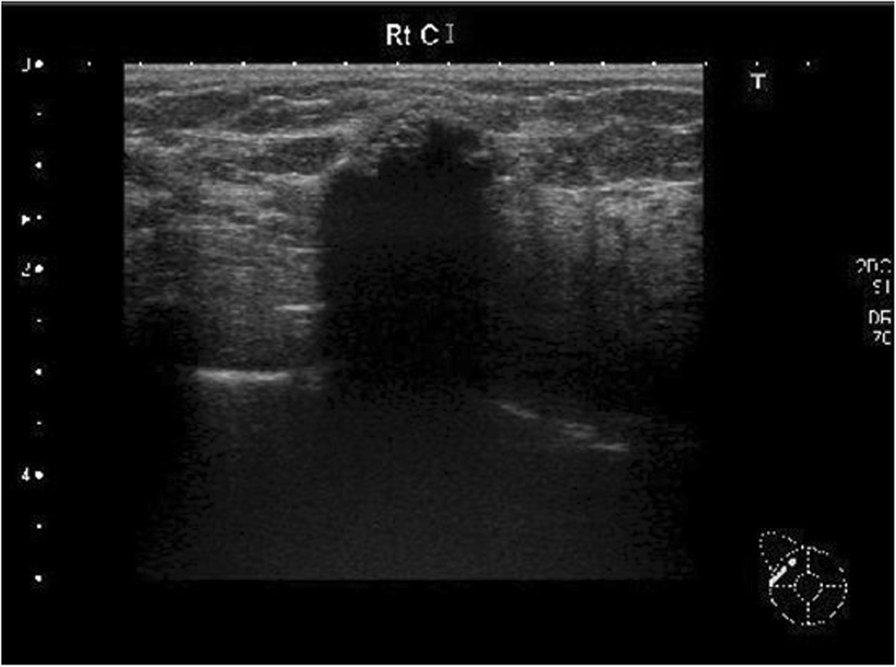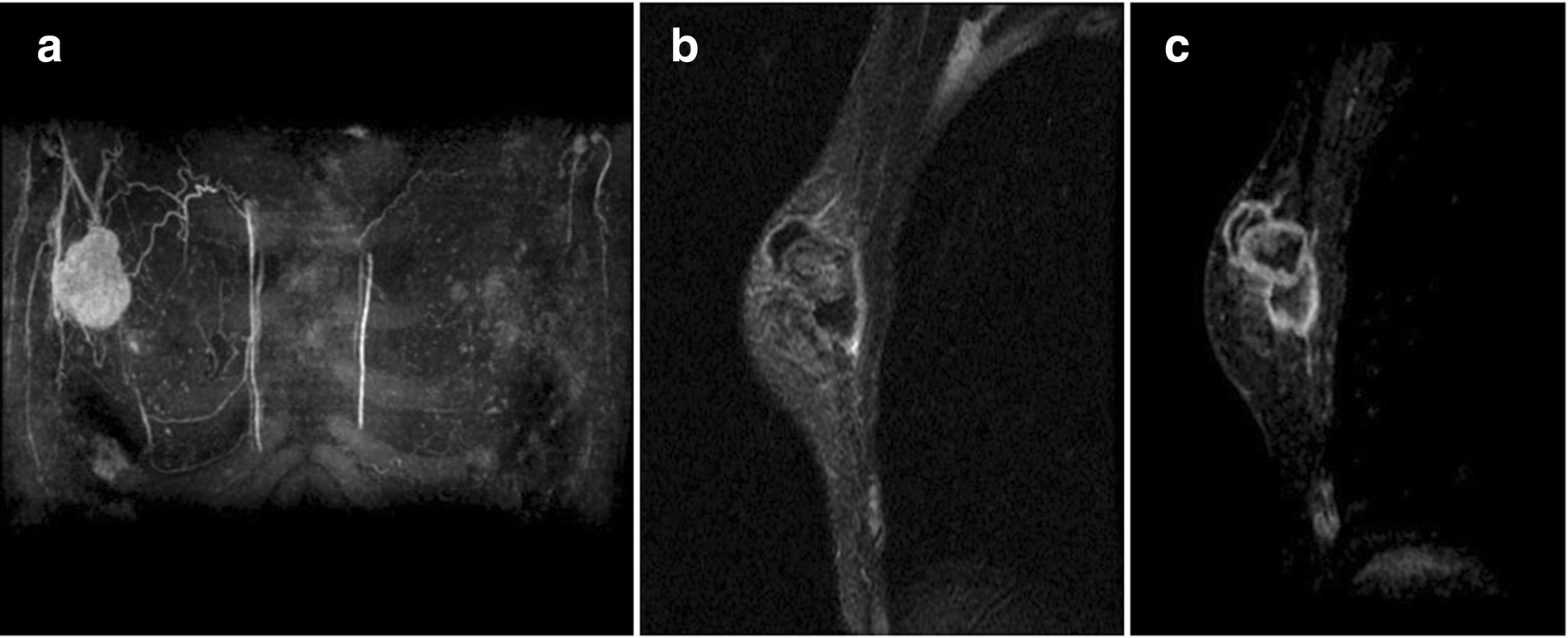Extraskeletal osteosarcoma



Extraskeletal osteosarcoma (ESOS) is a rare mesenchymal malignant tumor that occurs in the retroperitoneum and soft tissue of extremities without any attachment to bone.
Epidemiology
Extraskeletal osteosarcoma in contrast to other subtypes of osteosarcoma occurs infrequently in individuals under 40 years of age, most commonly occurring in individuals 40 to 80 years of age with a median age of presentation of 61 years. Males are more commonly affected than females. Radiation exposure is a well-documented risk factor for the development of ESOS. The role of trauma in development of ESOS is unclear.
Clinical presentation
Patients most commonly present with an enlarging soft-tissue mass either with or without pain.
Pathology
Grossly, it is a well defined lesion with hemorrhagic and necrotic areas within. Microscopically ESOS is typically a high grade spindle cell malignancy with osteoid and chondroid matrix. The histologic appearance of ESOS resembles malignant fibrous histiocytoma, osteoblastic osteosarcoma and chondroblastic osteosarcoma.
Five pathologic subtypes of ESOS are recognized, similar to conventional osteosarcoma:
- osteoblastic
- chondroblastic
- fibroblastic
- telangiectatic
- small cell
Location
- lower extremity (thigh): 50-60%
- upper extremity: 10-20%
- retroperitoneum: 10-15%
- trunk: 10-15%
Radiographic features
Plain radiograph
ESOS appears as soft tissue density with a variable amount of calcification which represents osteoid matrix formation, and is seen in ~50% of cases.
CT
- tumor appears to have a pseudocapsule
- calcification is best appreciated on CT rather than plain film or MRI
- extensive central mineralization and lack of peripheral well-defined ossification distinguishes ESOS from myositis ossificans
- heterogeneous post contrast enhancement (due to hemorrhagic and necrotic areas within)
MRI
Well-circumscribed heterogeneous mass lesion with presence of hemorrhage and necrotic areas
- T1: isointense to muscles
- T2: hyperintense
Hyperintense foci on both T1 and T2 sequences (due to methemoglobin) or hypointense foci on T2 (due to hemosiderin). In extreme cases of hemorrhage, it can mimic hematoma.
PET
ESOS shows intense peripheral FDG uptake with central photopenia due to central necrosis and hemorrhage.
Treatment and prognosis
Metastasis and local recurrence are quite common with ESOS. Up to 90% patients develop metastases at the time of presentation which makes the overall prognosis poor. Most common site for distant metastasis is lungs followed by bone, lymph nodes, liver, peritoneum, adrenals, and rarely brain.
The initial treatment strategy favors wide local excision of a primary tumor, including limb salvage surgery for extraskeletal osteosarcoma of the extremity.
ESOS is insensitive to chemotherapy and radiotherapy. Recent retrospective evaluation of patients with ESOS favor more polychemotherapeutic regimens in addition to wide resection, and found 5-year overall survival rates of 77% and 66%.
Siehe auch:

 Assoziationen und Differentialdiagnosen zu extraskelettales Osteosarkom:
Assoziationen und Differentialdiagnosen zu extraskelettales Osteosarkom: